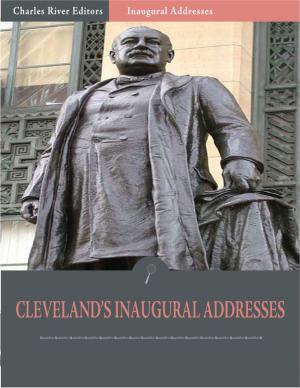| Author: | Anonymous | ISBN: | 9781619820692 |
| Publisher: | Charles River Editors | Publication: | January 13, 2012 |
| Imprint: | Language: | English |
| Author: | Anonymous |
| ISBN: | 9781619820692 |
| Publisher: | Charles River Editors |
| Publication: | January 13, 2012 |
| Imprint: | |
| Language: | English |
Manusmti (written also as Manusmriti or Manusmruti) is the most important and earliest metrical work of the Dharmaśāstra textual tradition of Hinduism. Generally known in English as the Laws of Manu, it was first translated into English in 1794 by Sir William Jones, an English Orientalist and judge of the British Supreme Court of Judicature in Calcutta. The text presents itself as a discourse given by Manu, the progenitor of mankind to a group of seers, or rishis, who beseech him to tell them the "law of all the social classes" (1.2). Manu became the standard point of reference for all future Dharmaśāstras that followed it. According to Hindu tradition, the Manusmriti records the words of Brahma. By attributing the words to supernatural forces, the text takes on an authoritative tone as a statement on Dharma, in opposition to previous texts in the field, which were more scholarly.
Manusmti (written also as Manusmriti or Manusmruti) is the most important and earliest metrical work of the Dharmaśāstra textual tradition of Hinduism. Generally known in English as the Laws of Manu, it was first translated into English in 1794 by Sir William Jones, an English Orientalist and judge of the British Supreme Court of Judicature in Calcutta. The text presents itself as a discourse given by Manu, the progenitor of mankind to a group of seers, or rishis, who beseech him to tell them the "law of all the social classes" (1.2). Manu became the standard point of reference for all future Dharmaśāstras that followed it. According to Hindu tradition, the Manusmriti records the words of Brahma. By attributing the words to supernatural forces, the text takes on an authoritative tone as a statement on Dharma, in opposition to previous texts in the field, which were more scholarly.















